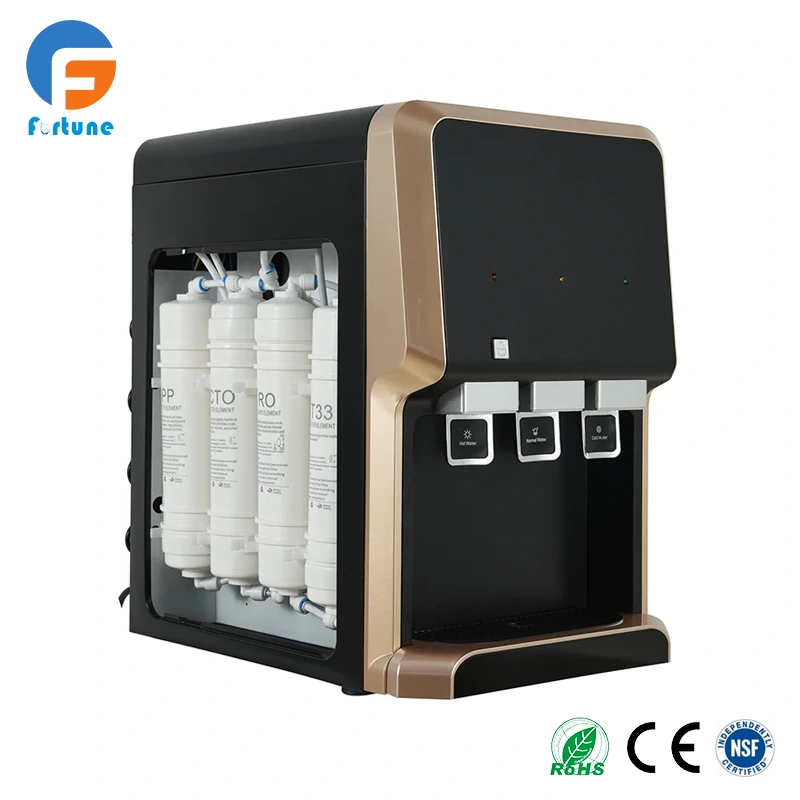The Ultimate Guide to Choosing the Right Water Dispenser for Your Home
2024-08-06
Water dispensers have become a staple in many households, providing a convenient and efficient way to access clean drinking water. With various types and features available, choosing the right water dispenser for your home can be a daunting task. In this guide, we'll explore the different types of water dispensers, their benefits, and key factors to consider when making your purchase.

Types of Water Dispensers
1. Bottled Water Dispensers
Bottled water dispensers use large water bottles, typically 3 to 5 gallons, which are placed on top or bottom of the unit. They are easy to install and maintain, making them a popular choice for many households.
2. Point-of-Use (POU) Water Dispensers
POU water dispensers are connected directly to your home's water supply, eliminating the need for bottled water. These dispensers often come with built-in filtration systems to ensure the water is clean and safe to drink.
3. Countertop Water Dispensers
These compact dispensers are designed to sit on your kitchen counter, offering a space-saving solution for smaller homes or apartments. They can be either bottled or POU and are perfect for quick and easy access to drinking water.
4. Bottom-Loading Water Dispensers
Bottom-loading dispensers store the water bottle in a compartment at the base of the unit, making it easier to replace the bottle without heavy lifting. This design also gives a sleek and modern look to your kitchen or office space.
Key Features to Consider
1. Temperature Control
Many water dispensers offer hot, cold, and room temperature water options. Consider a dispenser with adjustable temperature settings if you enjoy both hot beverages and cold drinks.
2. Filtration System
If water quality is a concern, opt for a dispenser with a built-in filtration system. This feature ensures that the water you consume is free from contaminants and impurities.
3. Energy Efficiency
Look for energy-efficient models that consume less power, helping you save on electricity bills. Some dispensers also come with energy-saving modes.
4. Ease of Maintenance
Choose a dispenser that is easy to clean and maintain. Removable drip trays, easy-to-replace filters, and accessible internal components can make upkeep simpler.
5. Child Safety Features
If you have young children at home, consider a dispenser with child safety locks on hot water taps to prevent accidental burns.
Benefits of Having a Water Dispenser at Home
1. Convenience
Water dispensers provide instant access to clean drinking water, eliminating the need for boiling water or using multiple bottles.
2. Health Benefits
With a reliable filtration system, water dispensers ensure that you and your family consume safe and clean water, promoting better health.
3. Cost-Effective
Investing in a water dispenser can save you money in the long run by reducing the need to purchase bottled water.
4. Environmentally Friendly
Using a water dispenser helps reduce plastic waste from single-use bottles, contributing to a more sustainable lifestyle.
Conclusion
Choosing the right water dispenser for your home depends on your specific needs and preferences. By considering the types, key features, and benefits, you can make an informed decision that will enhance your daily water consumption experience. Whether you prefer the convenience of bottled water or the sustainability of a point-of-use system, a water dispenser is a valuable addition to any home.


